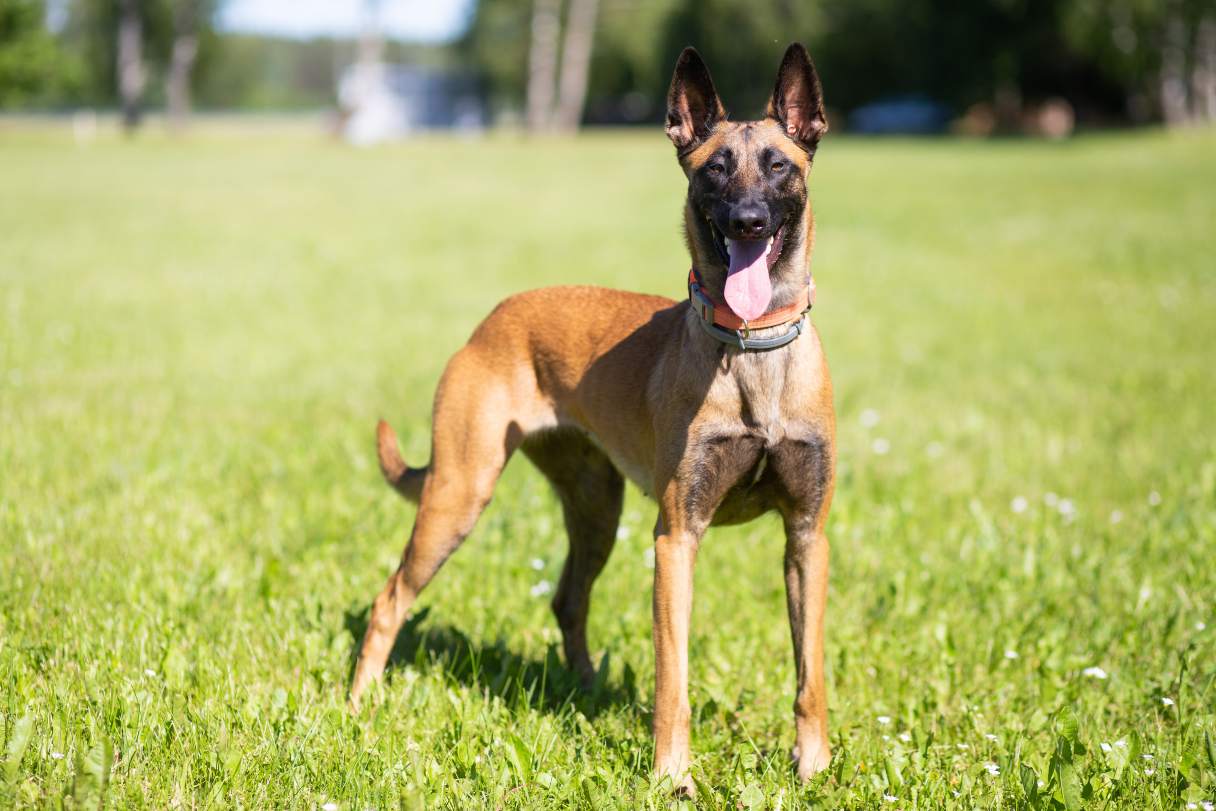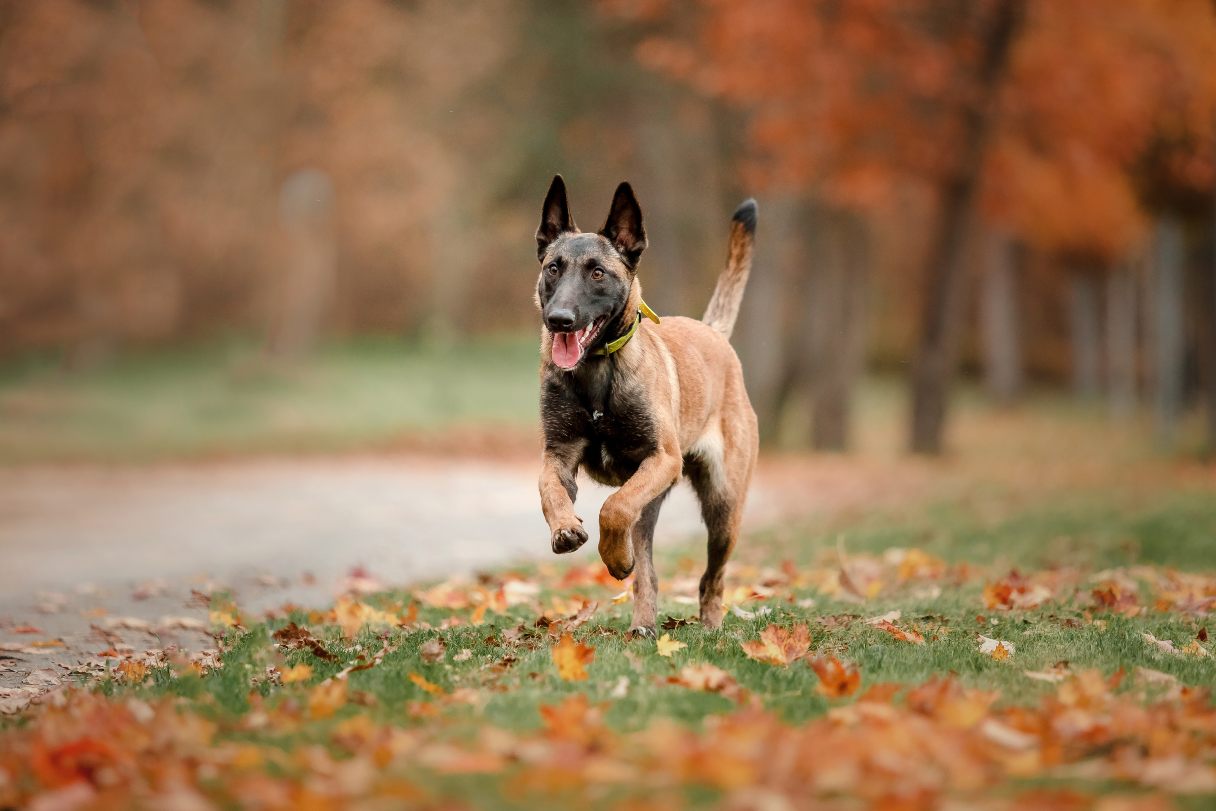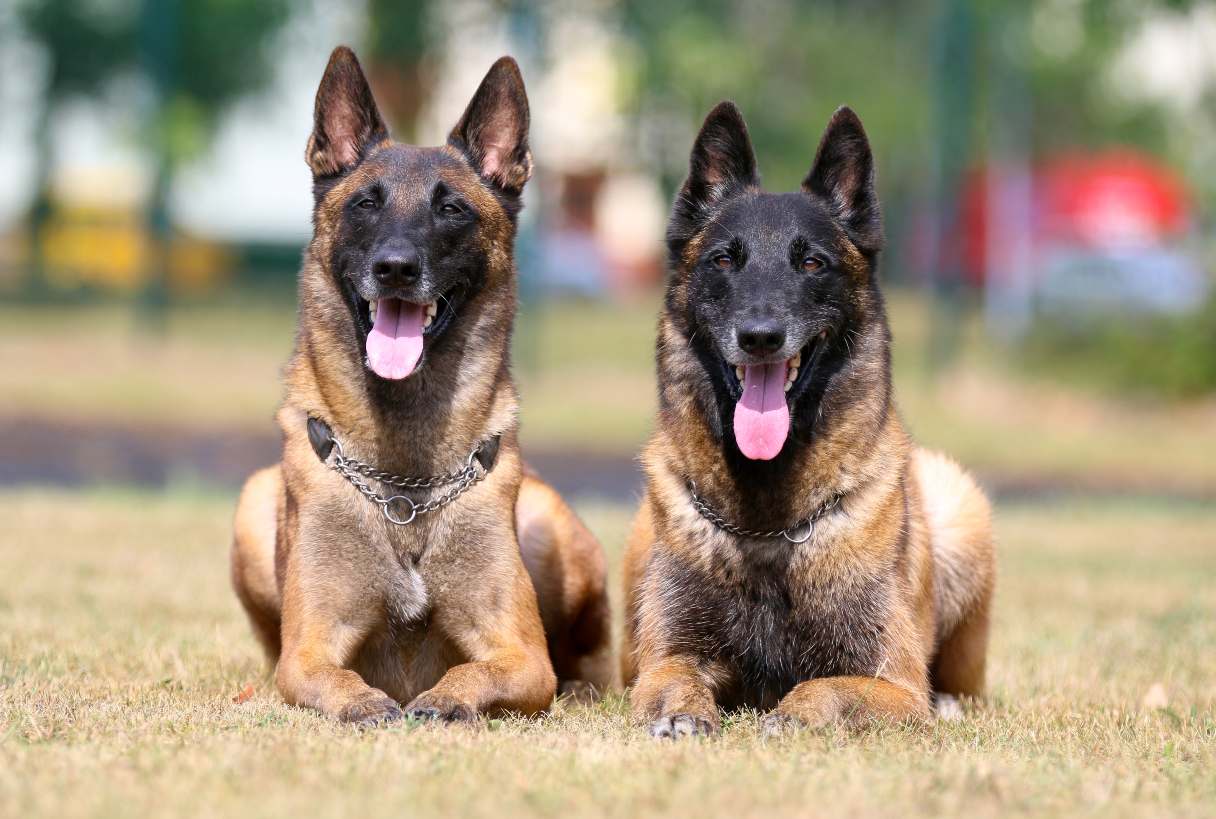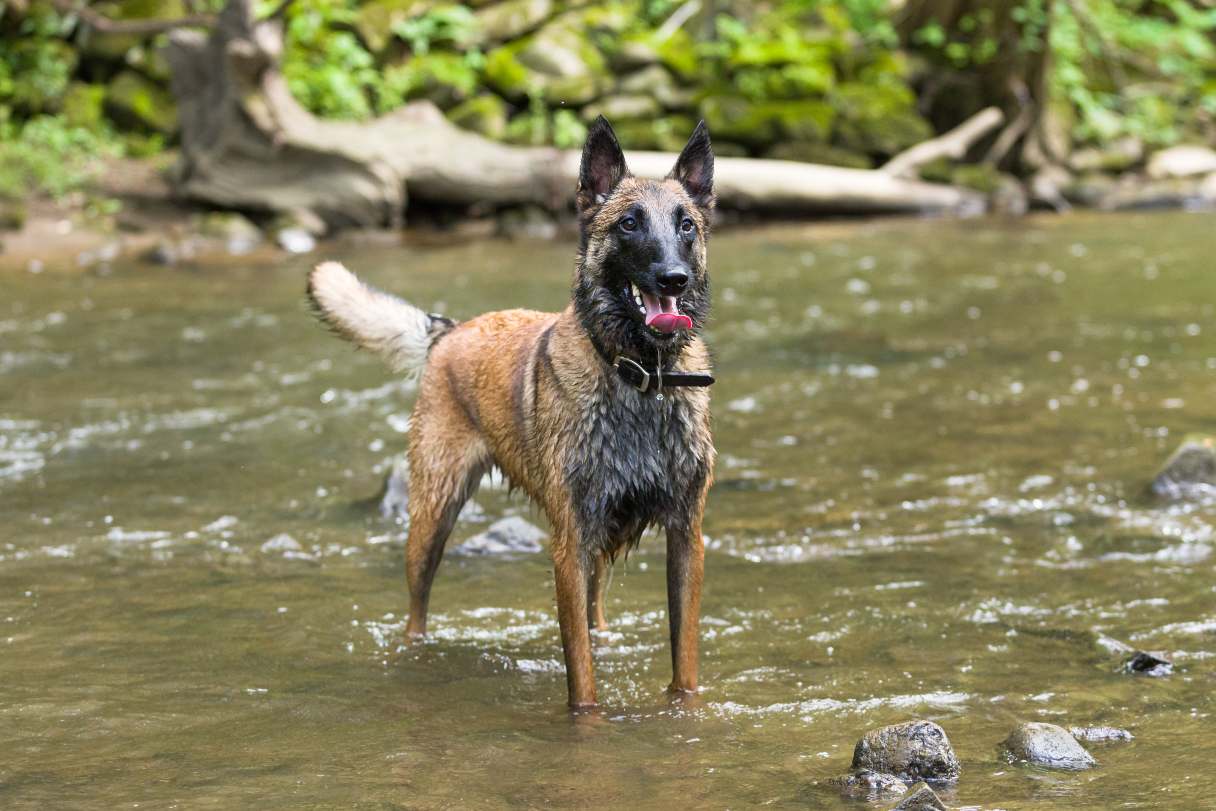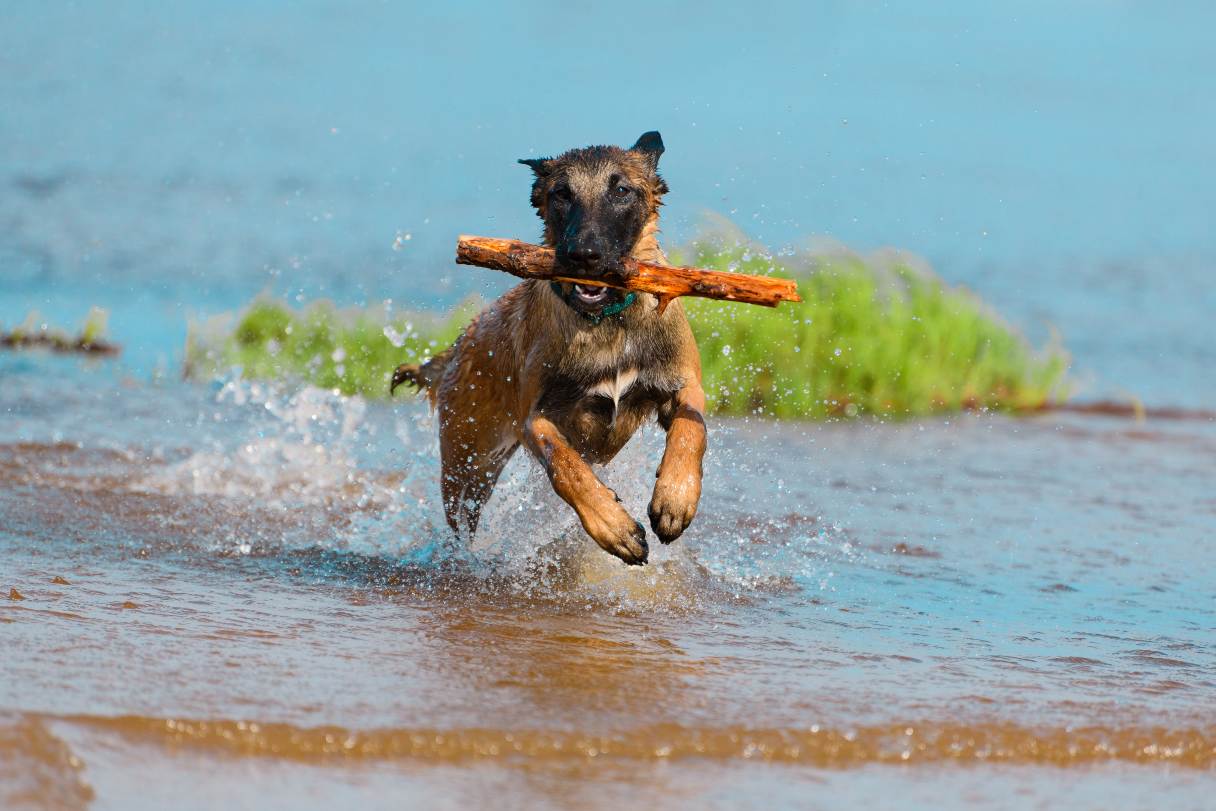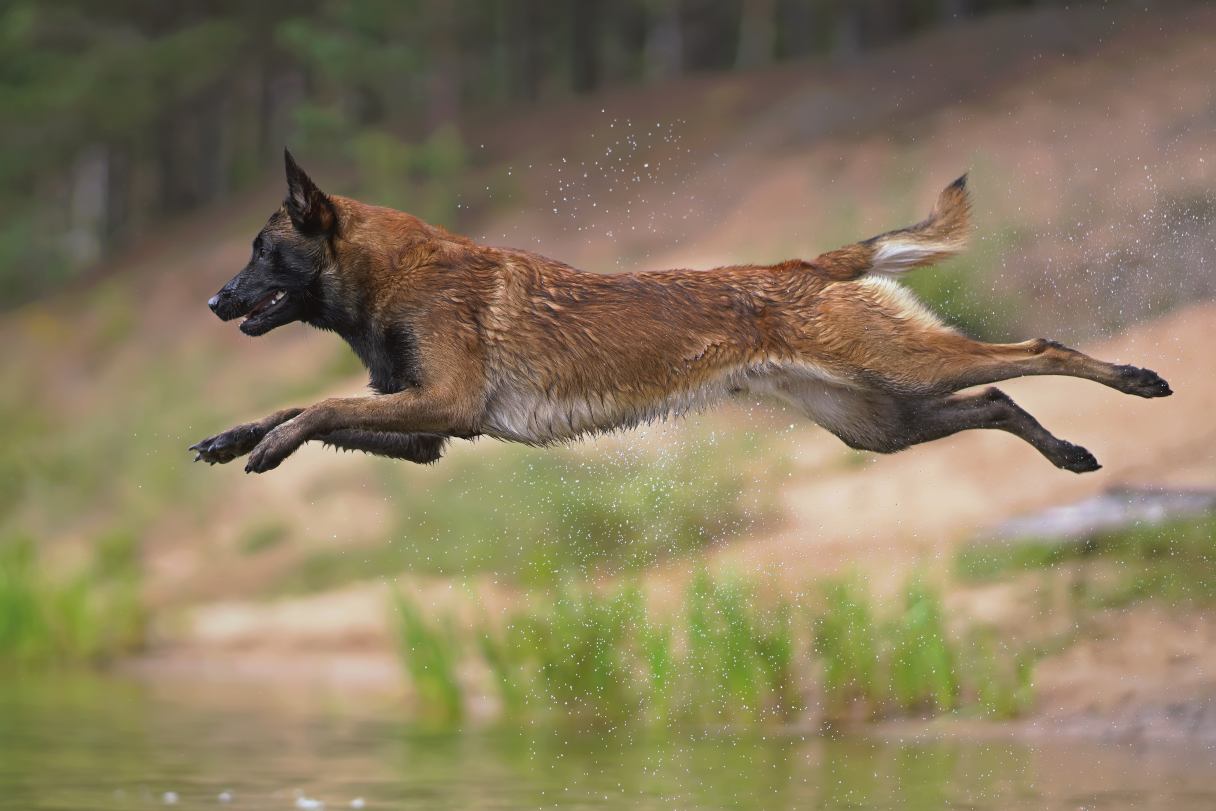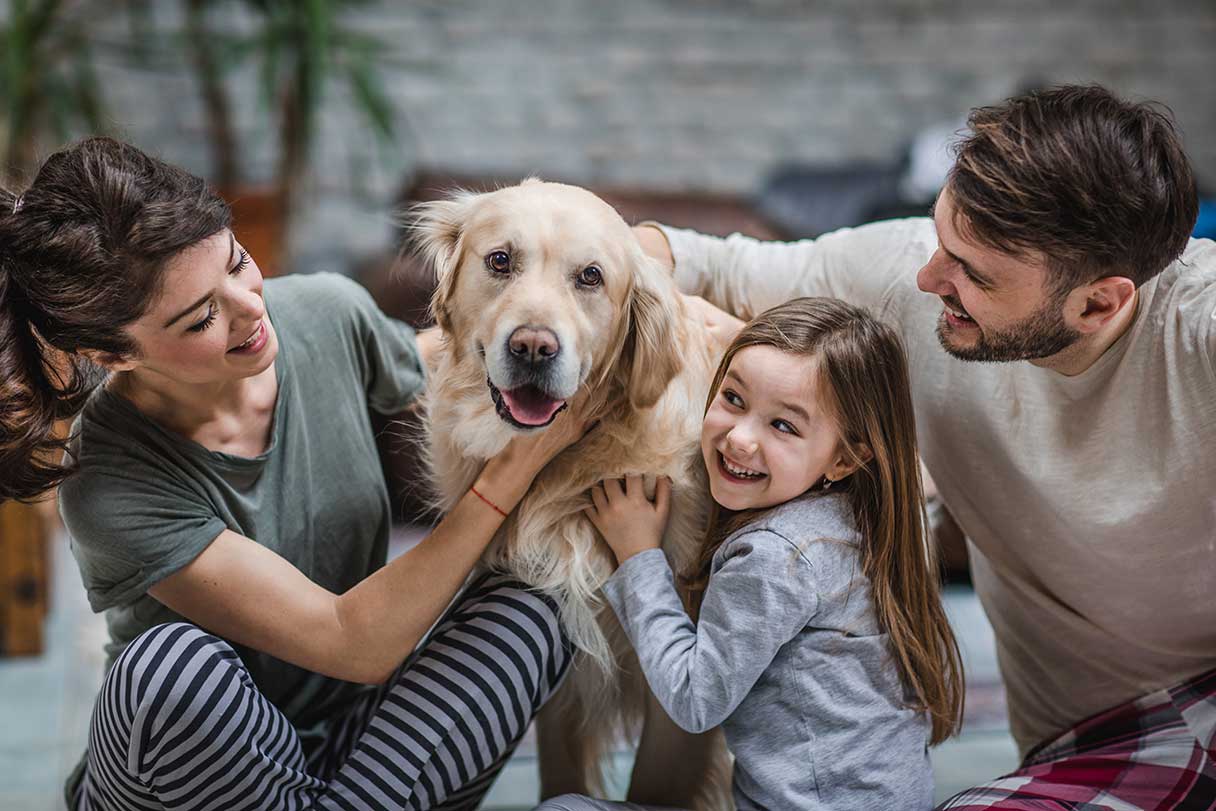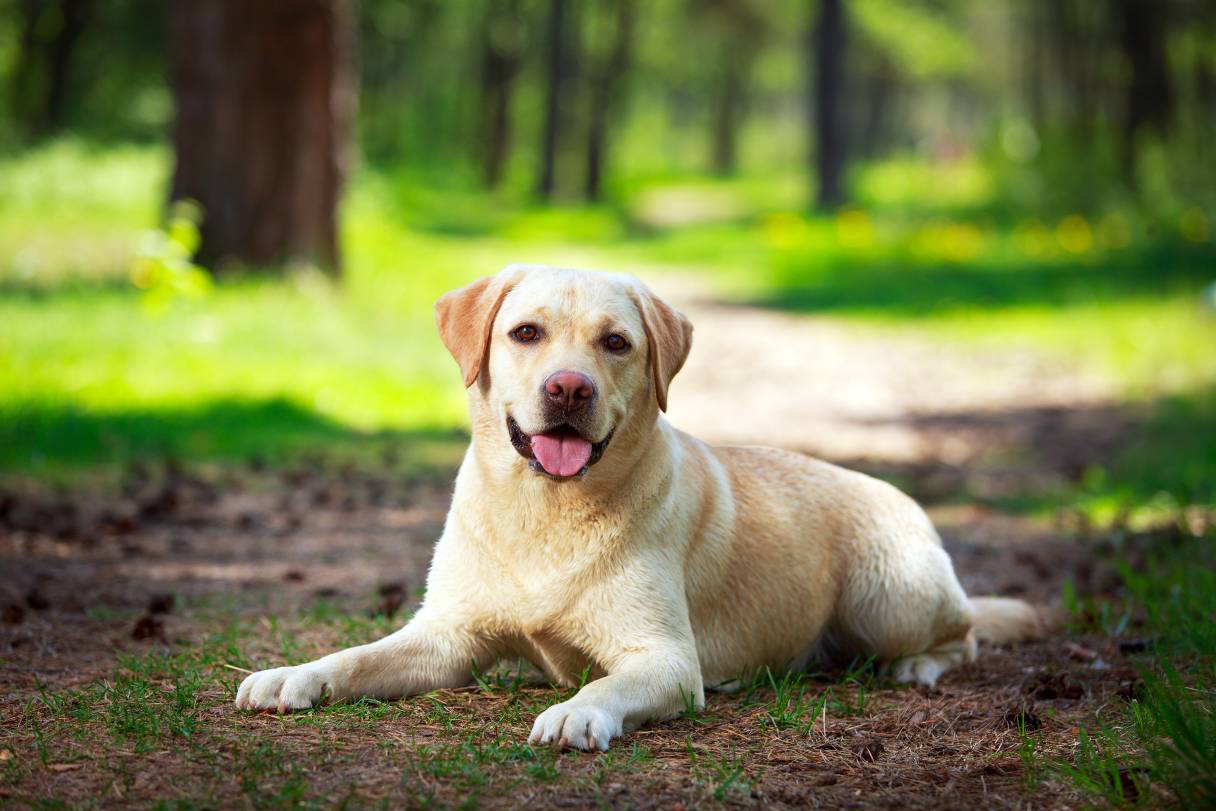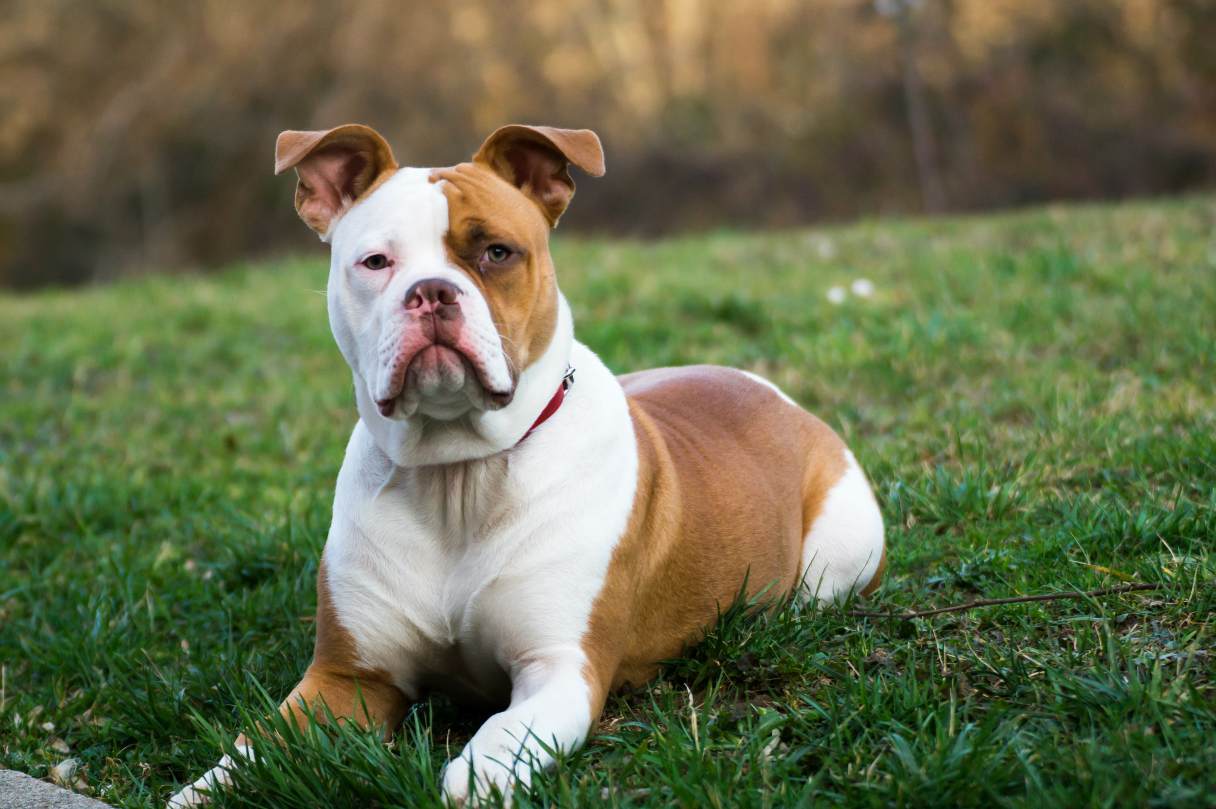The cane corso is an Italian mastiff, and as you would expect from a mastiff, these dogs tend to be big. They’re also intelligent, confident, calm and devoted to their people. But this hefty breed isn’t a good fit for everybody. Learn more about the cane corso, including their temperament, their health and maintenance needs and what it’s like to train and live with these assertive but laid-back giants.
About the Cane Corso
The first thing you should know about this breed is how to pronounce its name — KAH-nay KOR-so. The plural is cani corsi, and if you can say it all with an Italian accent, even better!1
Descended from giant working dogs bred by the ancient Greek Molossi tribe, early corsi were military dogs serving the Roman legions and known as pireferi, Latin for “to burn.” Roman soldiers would strap flaming buckets of oil to the backs of these fearsome dogs before releasing them on enemy combatants.1
Today’s corsi are a bit smaller, more streamlined and a lot cuddlier — if only with their preferred humans — but it was a long road for them to get that way. After the fall of Rome, they were put to use as working dogs fulfilling a variety of tasks, including wild boar hunting, farming and driving livestock. But they were most useful as guard dogs and continue to be a popular and effective protection breed to this day.1
Mechanized farming, social upheavals and two world wars saw the cane corso nearly become extinct by the 1950s. But Italian fanciers of the breed got together in the ‘70s to bring them back, and the Society Amorati Cane Corso — that is, the Society of Cane Corso Lovers — was launched in 1983. They made their way to the United States by the late ‘80s, but it was only recently, in 2010, that these ancient and storied Italian mastiffs were recognized by the American Kennel Club (AKC).1
Cane Corso Appearance

Known for its impressive size and distinct appearance, the cane corso is a powerful, athletic breed with unique traits that reflect a lovable majesty. Here's a closer look at their physical characteristics, from height and weight to coat details.
Height and weight
Corsi are large dogs, with males reaching 25 to 27 inches in height at the shoulders and weighing 100 to 110 pounds. Females are slightly smaller, standing 23.5 to 25 inches tall and weighing 88 to 100 pounds.2
The breed standard describes the corso as sturdy and muscular, as well as athletic and elegant, with a broad chest, a wide, strong, level back and a thick, straight tail.3
Head
The head is large and plainly mastiff-like in appearance, with a wrinkly brow and loose jowls hanging from the muzzle. The eyes are alert and intelligent, and the ears, when kept natural, are medium-sized and hang along the cheeks but not below the jawbone.3
Ears
Traditionally, corsi have both their ears cropped and tails docked.2 However, the American Veterinary Medical Association discourages both procedures when done for cosmetic purposes.4 In contrast, working corsi used as guardian dogs may still have their ears cropped into erect triangles and tails docked short for safety, as these features could make them more vulnerable to injury during encounters with large predators.5
Coat
The corso's coat is short, dense and shiny, with a thin undercoat that thickens in the winter. Their coloring is usually solid black, dark or light gray, dark or light fawn or red, though brindle coats are possible. Lighter shades may also have a dark mask around the eyes, and some may have patches of white here and there.3
Cane Corso Temperament
Corsi are intelligent and confident, calm and reserved. They’re sweet and loving with their family but not overly demonstrative with their affection, and they’re not especially friendly to outsiders. Instinctively protective, a well-socialized cane corso should be reserved and aloof toward strangers, but they won’t be shy about showing aggression toward someone who acts in a threatening manner, or toward another dog who violates their territory.6
Corsi require consistent obedience training and lots of socialization from an early age, continuing throughout their lives.6 This helps manage their natural aggression and teaches them to distinguish between friend and foe.6 Corsi also have a willful and dominant streak, which needs ongoing training to reinforce good manners and prevent them from attempting to take control.1
Corsi may be prone to resource guarding, displaying aggressive and protective behavior over their food, toys or other resources. This trait is common in guardian breeds, but early and consistent rewards-based training can usually establish trust and help curb this behavior.7
Generally, these dogs really do want to please their people, and they tend to learn quickly and are easy to train. They’re surprisingly sensitive and soft-hearted when it comes to correction, and respond best to positive reinforcement.1
Living With a Cane Corso
Loving a cane corso is a big responsibility. These can be great companions, even for families, but they’re not suitable for everyone. Here is what you need to know about living with and caring for a corso.
Who they’re best for
A corso needs an owner who is physically strong enough to handle a large, powerful dog, provides patient yet firm leadership and has time and energy for daily training, socialization and plenty of exercise and mental stimulation.6
Corsi have high companionship needs and thrive on being around their people. While they can do well being left at home while you go to work, they are not meant to be left outdoors. They love children and are naturally protective of them, but due to their size, strength and playful nature, they should be carefully supervised around small children. Corsi can get along well with other family pets if raised with them from puppyhood, but older corsi should be introduced to new pets slowly and carefully.6
Living space
Corsi can do well in either town or country as long as they have a yard with a tall, secure fence.6 While they don’t bark excessively, their deep, booming bark matches their big body. Their high energy also makes them less suitable for apartment living.
Exercise and activity
The cane corso is a working breed that’s happiest with activity and responsibility. Without it, they’ll get bored and invent their own jobs, which could lead to problematic behaviors. Corsi are full of energy and require plenty of exercise to keep them balanced. They make great companions for long runs or walks of at least two miles a day, though this can be split into multiple outings. They also enjoy hiking and competing in a variety of dog sports.1
Grooming
Corsi should be brushed weekly to remove dirt and dead hair and keep their coats shiny, especially during shedding season when they lose their undercoat. They only need baths when they’re particularly dirty or smelly, no more than once a month. Nails should be trimmed regularly to prevent foot problems, and their ears should be inspected frequently for signs of infection. Regular toothbrushing will also help prevent them from developing dental disease.1
Cane Corso Health and Life Expectancy
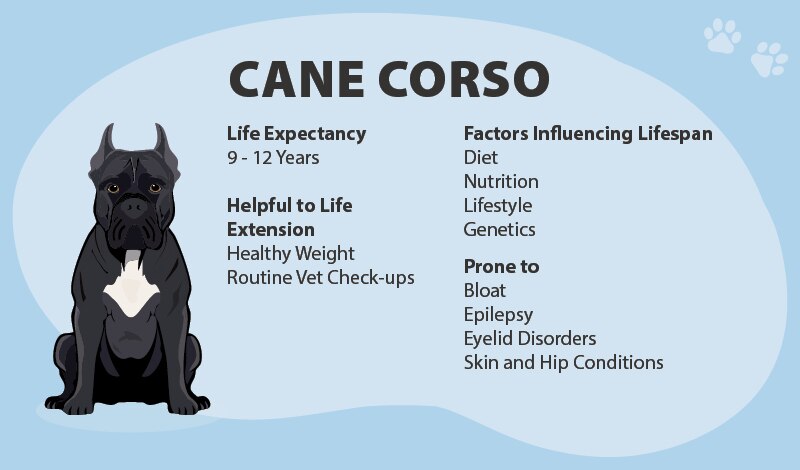
The average life expectancy of the cane corso is 9 to 12 years.1 But each dog is different, and many factors determine the length of an individual life. These include diet and nutrition, lifestyle and the dog’s genes. Helping your corso maintain a healthy weight and taking them to routine vet checkups can go a long way toward increasing both the length and quality of their life.
It’s best to feed your cane corso high-quality dog food that matches their life stage and meets nutritional standards developed by the Association of American Feed Control Officials.1 Large-breed dog food is ideal as it's specifically formulated to support the development of large, rapidly growing bones.8 If you have any questions or concerns about the type of food or portion sizes, consult your vet for guidance.1
Corsi are generally healthy dogs, but all breeds tend to be predisposed to certain health conditions, despite the best efforts of ethical breeders to screen for them. Here are some common health conditions that affect the cane corso:
Bloat
Bloat is a serious condition that can be fatal if not acted upon quickly. Also called gastric dilatation and volvulus (GDV), this occurs when the stomach bloats with gas and twists on itself, cutting off circulation. Dry heaving and an extended abdomen are common signs and should be treated like a life-threatening emergency. Talk to your vet about ways to reduce your dog’s chances of this condition.9
Demodex mange
This skin condition is caused by a proliferation of Demodex mites, which naturally live on the skin and hair of all mammals, making it a noncontagious issue. However, when the immune system malfunctions, it can lead to an overabundance of these mites, resulting in red, itchy skin and hair loss.9
Epilepsy
Corsi are prone to idiopathic epilepsy, an inherited seizure disorder with no specific cause. This can cause generalized seizures in corsi that are similar to grand mal seizures in humans. In this breed, seizures typically begin around 2 years of age. This is a lifelong condition that’s usually managed with medication.9
Eyelid abnormalities
Cani corsi are prone to several eyelid disorders that are common to mastiffs, each of which is typically corrected via a minor surgical procedure. These include:9
-
Cherry eye. This condition causes the dog’s inner eyelid, or nictitating membrane, to become inflamed and swell to a bulbous red protrusion in the inner corner of the eye.
-
Distichiasis. This is a genetic abnormality in which hair grows on the inside of the eyelid, causing irritation and corneal ulcers. If left untreated, distichiasis can result in permanent eye damage.
-
Ectropion and entropion. These conditions both affect the lower eyelid. Ectropion occurs when the eyelid rolls outward, while entropion is when it folds inward. Both can cause severe eye irritation and, like distichiasis, may lead to permanent corneal damage if not properly treated.
Hip dysplasia
This inherited hip joint abnormality affects many large breeds. It occurs when the ball of the joint does not fit properly into the socket, causing wear and tear that can lead to arthritis and mobility issues as the dog ages. Mild cases of hip dysplasia can often be managed with lifestyle changes and pain relief, but severe cases may require surgical correction.9
Buying or Adopting a Cane Corso
Good breeding is important with any breed, but when it comes to the cane corso, researching to find a reputable breeder who breeds out overly aggressive tendencies is vital. You can find ethical breeders who sell cane corso puppies from championship bloodlines via the AKC website for prices ranging from $1,500 to $5,000 and up.10
Cane corso mixes of all ages may be available to adopt from pet shelters and cane corso rescue organizations. Adoption fees will vary based on where you adopt, but the national breed rescue Cane Corso Rescue, Inc. charges $200 to $600, depending on age and whether the dog is full breed or mixed.11
CareCredit Credit Card Financing for Dogs
Taking good care of your pet's well-being from nose to tail is essential. Make sure to stay up to date on their regular checkups at the vet to help keep your pet happy and healthy for a lifetime of love. You can use your CareCredit credit card for pet care throughout the year for routine veterinary services as well as emergencies and surgeries.* Use our Acceptance Locator to find a veterinarian near you that accepts CareCredit.
CareCredit is there for you and your pet every step of the way; continue your wellness journey by downloading the CareCredit Mobile App to manage your account, find a provider on the go and easily access the Well U blog for more great articles, podcasts and videos.
In addition to pet care, you can also use your CareCredit credit card for dentistry, cosmetic, vision, hearing, health systems, dermatology, pharmacy purchases, spa treatments and so much more within the CareCredit network. How will you invest in your health and wellness next?
Author Bio
Jean Marie Bauhaus is a freelance writer and novelist who has been writing pet content since 2013. Her work has appeared on Forbes.com, Hill's Pet, Chewy, AKC.org and more.





